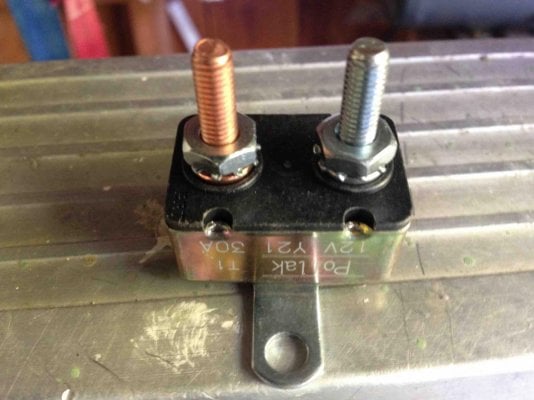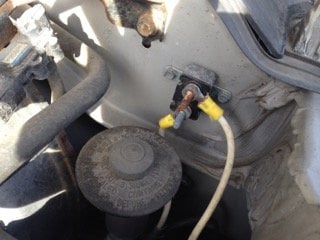Semyers
New Member
I have a 2014 Hawk, mounted on a 2013 Ford F150, air bags and E rated tires. I spent 3 ½ months driving from Tucson, Arizona to Alaska and back last summer. It was a bucket list trip and I had the time of my life. Great pictures of bears and a lot of fish.) My only concern was the inability to charge the camper batteries (I have two) while driving if the camper battery voltage was below a certain level. This required that I stop at a campground periodically where I had electrical service to top off the camper batteries. I understand the need to isolate the truck battery from the camper to ensure a start when needed, but there must be some way to isolate the truck battery, while still allowing the truck to charge the camper batteries while driving, no matter what their voltage. Any ideas or suggestions would be appreciated. I attempted to search the forum for any discussions regarding this issue but found nothing.
Thanks,
Scott
Thanks,
Scott


